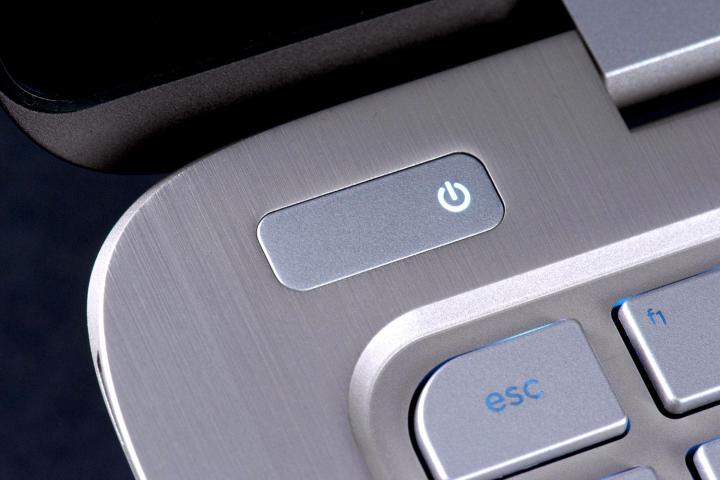
You may have committed this snafu before – You’re doing your thing on your PC, accidentally hit the power button and, oops! You just lost whatever you were working on or ruined your online gaming session, throwing the match and ticking off your buddies off in the process. Thankfully, like a good dog, you can retrain the power button on your PC to behave differently, avoiding such sticky situations altogether down the line. If this sounds like you, we’ll show you how to do just that. It’s simple to pull off as well.
How to make your PC’s power button put your machine to sleep, hibernate, restart and more
Start off by holding the Windows key and pressing R, which should bring up the Run dialog box. From here, type in “control panel” and press Enter. Then, scroll down to “Power Options” and click on it. To the left of your active power plan, there should be a button labeled “Choose what the power button does.” Click on it.
Now, you should see drop down menus which include multiple options. Depending on the selected option, pressing your power button will produce a different result. From here, you can choose to make your power button put your PC to sleep, rest in hibernation mode, or restart it. Once you’ve chosen your preferred action, click “Save changes” at the bottom.
You’re done! Got questions? Suggestions? Sound off in the comments below.
Editors' Recommendations
- How hot is too hot for your CPU?
- How to download and install Windows 11 on your PC
- How to check your PC’s specifications on Windows 11
- How to embed a YouTube video in PowerPoint
- How to split your screen on Windows 11


